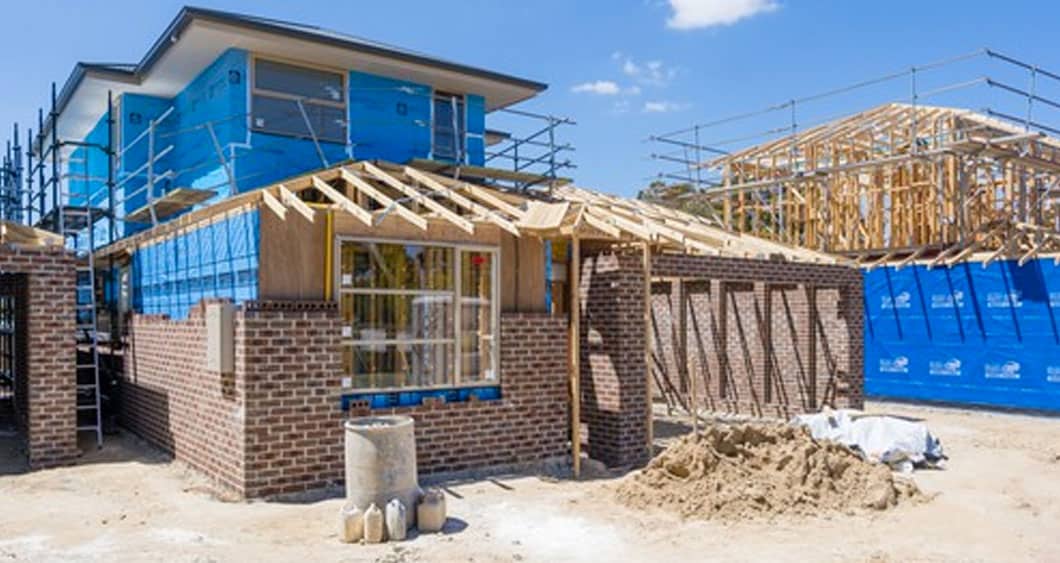Millions of people are striking around the world every week taking part in the Global Climate Strike initiative. Australia was one of the first countries to participate in the movement at the end of September, with thousands taking to the streets of major cities such as Sydney, Melbourne, Brisbane and more, to protest that the Governments of the world take action in this global crisis. In Sydney at the start of October 38 people were arrested at a climate change rally.
Australia’s response to climate change?
Australia is taking a strong, credible and responsible commitment to the Paris climate change conference.
Australia’s target – Australia will reduce emissions to 26-28 per cent on 2005 levels by 2030. This target represents a 50-52 per cent reduction in emissions per capita and a 64-65 per cent reduction in the emissions intensity of the economy between 2005 and 2030.
How Climate Change And Construction Are Related
Our cities (around the world, not just here in Australia) are responsible for up to 70% of greenhouse gas emissions; vehicles on the road, gas emissions from businesses, and in-efficient buildings (believed to account for around 19% of greenhouse gas emissions in total). Our cities, properties, transport, lifestyles are all contributing to climate change, which is having a significant impact around the globe. So therefore, how we plan and construct our cities/towns moving forwards will have an impact on the future of the planet.
Designing and constructing buildings that will work towards reducing greenhouse emissions is vital to limit global warming. An easy way to change this would be to create more energy efficient homes and commercial properties.
At the same time we need to ensure that new buildings are built to withstand future weather conditions that are occurring as a result of global warming. If the construction industry ignores potential future weather conditions as a result of global warming, buildings will require more electricity to heat and cool properties. And those that aren’t sustainable may end up becoming redundant, creating more problems for future generations.
This means the construction sector has a significant role to play in mitigating and adapting to climate change.
What Can The Construction Industry In Sydney Do To Help?
- Reduce waste during construction – reduce on-site waste such as water wastage and ensuring that waste materials are appropriately disposed of, for example recycling as much waste as possible (for example uPVC is completely recyclable).
- Sourcing of materials – using materials that are responsibly resourced, for example materials that have a smaller carbon footprint during the production process, or are made from recycled materials.
- Energy saving tactics – when planning new buildings or renovating existing properties, consider using materials and resources that are energy efficient, such as double glazed windows.
Unless Australia, and the rest of the world, rapidly changes our attitude towards climate change and makes efforts towards changing our emissions we will all face significant and potentially catastrophic impacts. For example, we are already seeing how droughts are affecting our farmers and ability to produce key exports, spikes in the number of extreme heat days (such as a 35 degree day in Sydney in the middle of October), and uncontrollable bushfires that have already destroyed so many homes in rural NSW this year already.
uPVC And Double Glazed Windows
uPVC frames and double glazing technology provides a much energy efficient window solution to the market here in Australia.
Double/triple glazed window panels reduce the thermal transfer of heat or cool air between the inside of a property and the outside, meaning that heating or cooling a building is much more efficient. By creating efficiencies in the way we cool or heat our buildings of the future, we are significantly reducing our carbon footprint both at work and at home.
uPVC as a material is a low conductor of heat, unlike the popular aluminium, enhancing the energy efficient properties of uPVC double glazed windows.
uPVC is also fire resistant as a material, meaning that during extreme heats or disasters like bushfires it is less likely to become a hazard.
uPVC as a material is also completely recyclable.
For more information on double glazed windows as a way to help the construction industry move forwards with a more environmentally sound solution for the future, contact Integra Windows today.
SIMPLE STEPS TO REQUEST A QUOTE?
Submit an online quote enquiry and we’ll be in touch and discuss the quote in more detail. Once all the relevant project details are obtained, we will be able to provide you with a final detailed quote.



